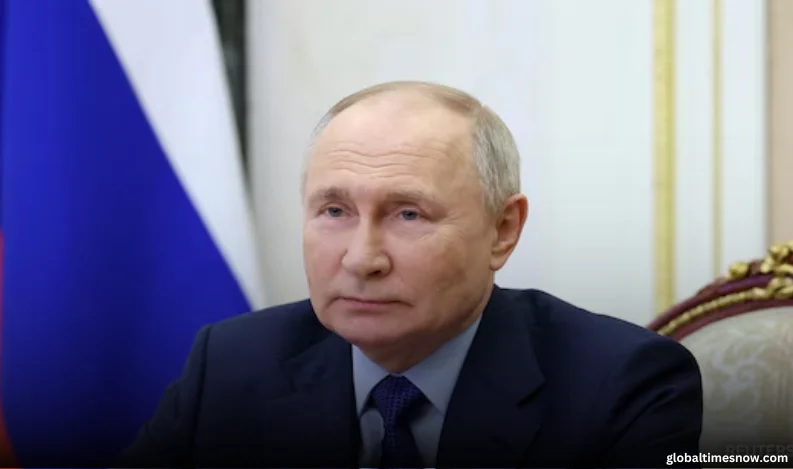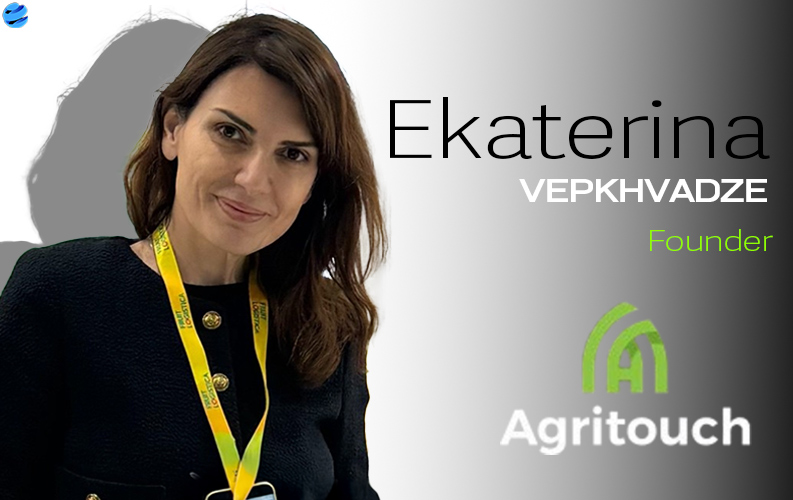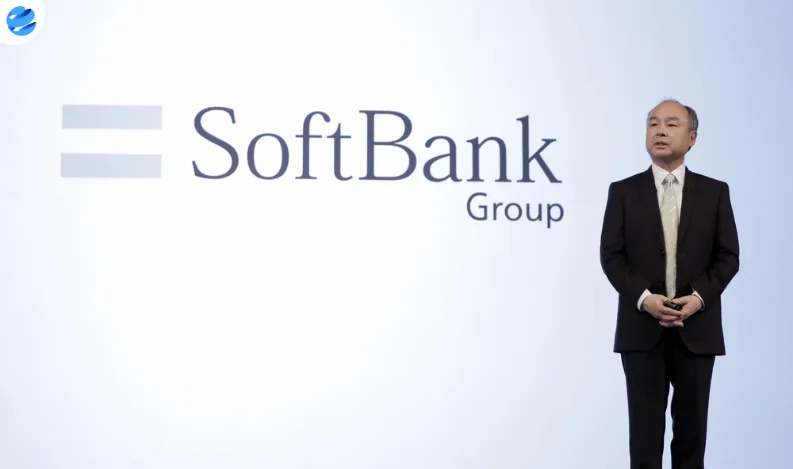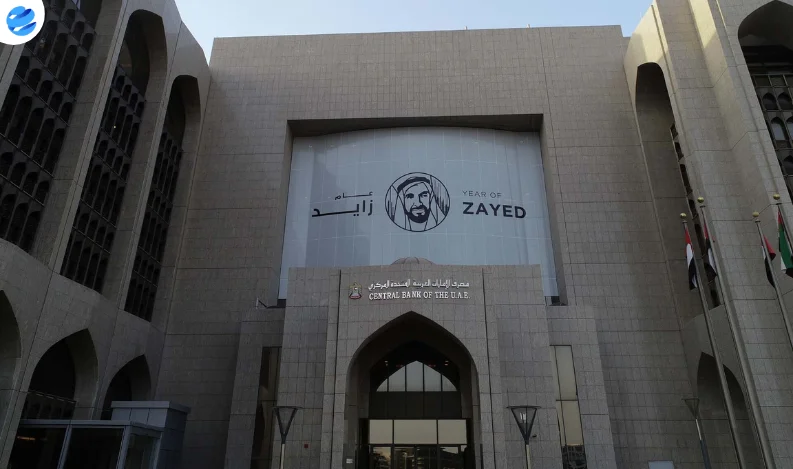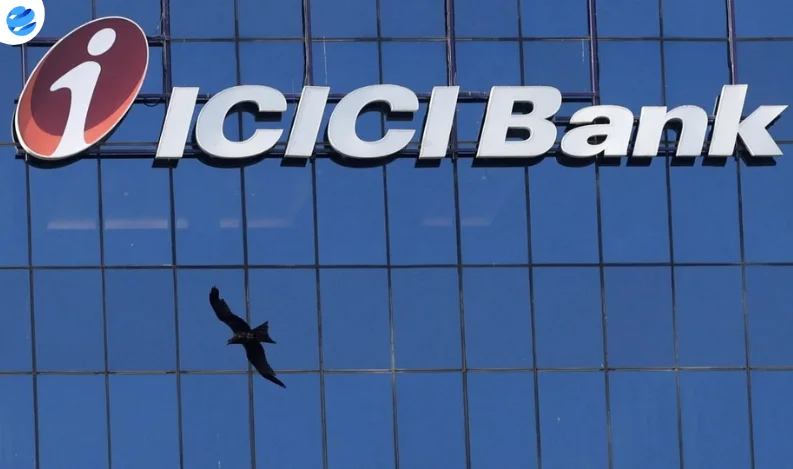London – With President Donald Trump suspending U.S. military aid to Ukraine, European nations are reconsidering ways to utilize the $300 billion in Russian state assets frozen by the Group of Seven (G7) after Moscow’s 2022 invasion.
Current Actions Taken
The G7 agreed last year to provide $50 billion in bilateral loans to Ukraine, funded by interest earnings from the frozen Russian reserves.
Key Developments So Far:
-
EU Holdings: The European Union holds approximately €210 billion ($221.5 billion) of Russia’s frozen assets, primarily in government bonds stored as central bank reserves.
- Euroclear’s Role: The Belgian securities depository Euroclear has allocated €4 billion in interest earnings for Ukraine, with:
- €1.55 billion paid in July 2024 (covering the first half of the year).
- An additional €2 billion expected this month for the second half of 2024.
- Future Projections: The EU expects €15-20 billion ($16-22 billion) in interest earnings by 2027, though lower eurozone interest rates may gradually reduce these amounts.
The United States had pledged $20 billion of the $50 billion in support loans, but Trump’s aid suspension now casts uncertainty over whether Washington will honor that commitment.
Confiscation vs. Freezing
- The UK supports the full seizure of Russian assets, arguing it would provide greater financial support to Ukraine.
- France, Germany, and the European Central Bank (ECB) remain cautious, fearing that:
- Seizing the assets outright could undermine global confidence in the euro.
- Other countries (e.g., China, Saudi Arabia) might repatriate their reserves from Europe as a precaution.
Leverage for Ceasefire Negotiations
French President Emmanuel Macron recently suggested that the frozen Russian assets could be used as bargaining leverage in ceasefire negotiations.
- Proposed strategy: Seizing Russia’s assets if Moscow violates a future ceasefire agreement.
- Legal debates: Some international lawyers argue there is little difference between using interest earnings and fully seizing the assets under the legal principle of “countermeasures”.
- Historical precedent: Unlike the Iraqi and German asset seizures, which occurred after wars had ended, Russia’s invasion is still ongoing, complicating legal and diplomatic justifications.
Russia’s Counterproposal
- Moscow has suggested using the frozen $300 billion for rebuilding Ukraine but insists that some funds be spent in Russian-occupied territories.
- Russia’s threat: The Kremlin has denounced the West’s plans as “theft” and warned of retaliatory seizures of Western assets in Russia.
While discussions between U.S. and Russian officials in Riyadh last month reportedly touched on ending the war, Russia’s central bank maintains it is not involved in any negotiations regarding the unfreezing of assets.
With Trump’s uncertain stance on Ukraine aid, the fate of these frozen funds remains a critical issue shaping the West’s financial and diplomatic strategy against Russia.



